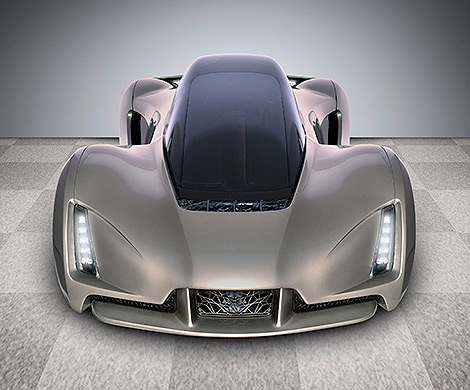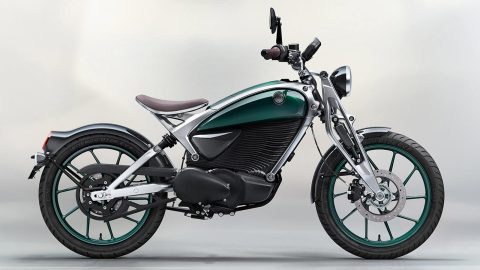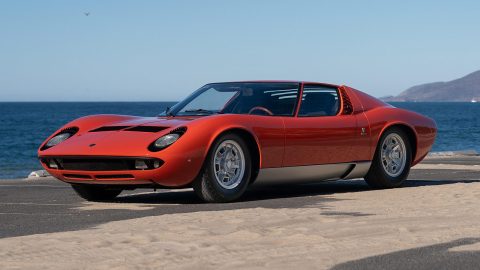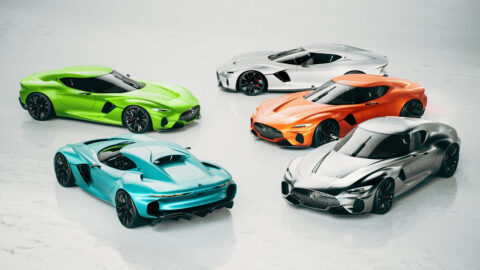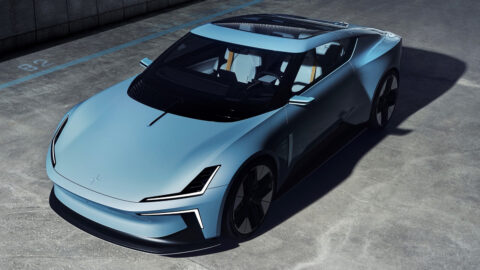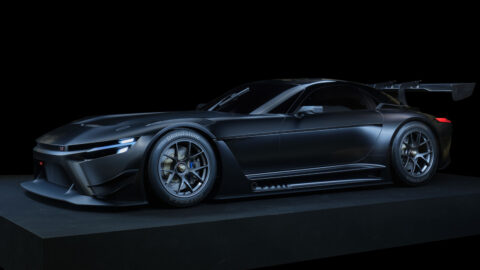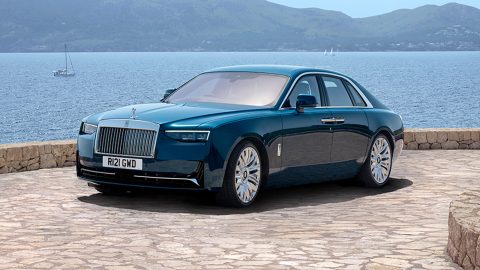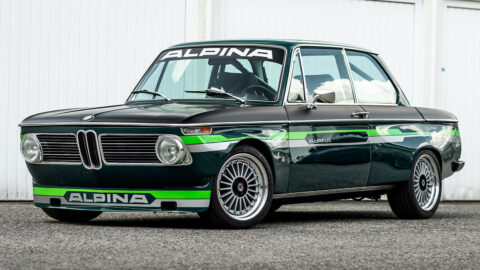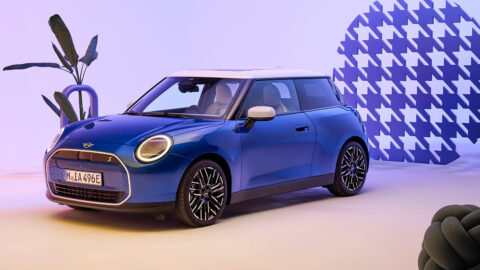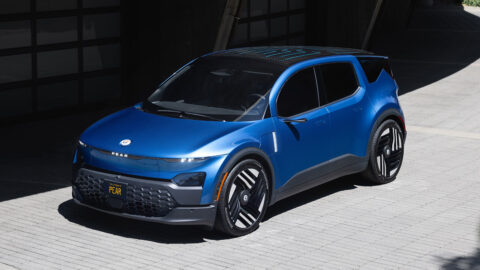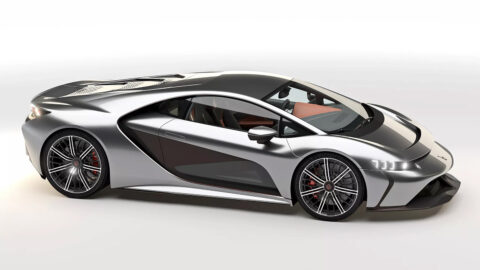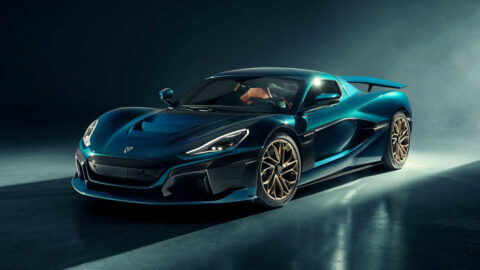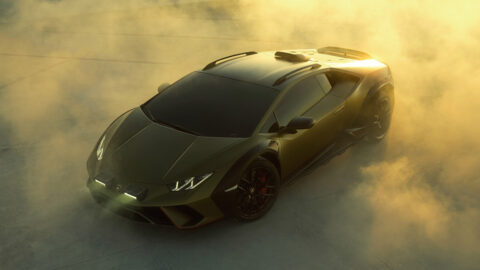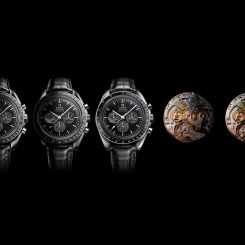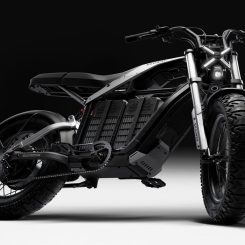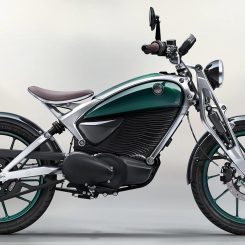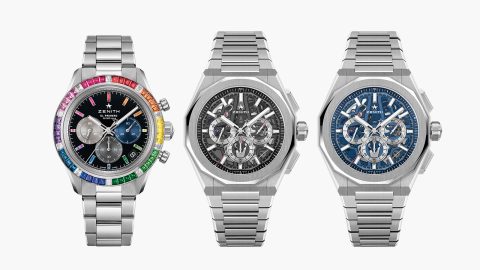In 1913, Henry Ford revolutionized the world of mass production with his conveyor belt assembly line, making cars an affordable product for middle class Americans. A little more than 100 years passed since then, and we can’t help but wonder if Divergent Microfactories’ CEO Kevin Czinger will become the next Henry Ford with the help of his 3D-printing technology.
Divergent Microfactories is an engineering studio based in San Francisco, and it has recently unveiled Blade which is claimed to be the world’s first 3D-printed supercar. It’s not as if an engineer pressed a button, and the fine-looking car just popped out as a finished product, but the concept behind the manufacturing process is impressive nonetheless. Blade’s chassis is centered around carbon fiber rods that are interconnected by 3D-printed aluminum joints. What’s remarkable is that these joints can be so easily configured that they can also be used to build trucks, vans and who knows what.
Thanks to the innovative concept of using 3D-printed nodes, the car itself only weighs in at 635 kg, and a monstrous 700 hp engine is capable of propelling the feather-weighted body to 100 km/h in a mere 2 seconds.
2 seconds, seriously?

